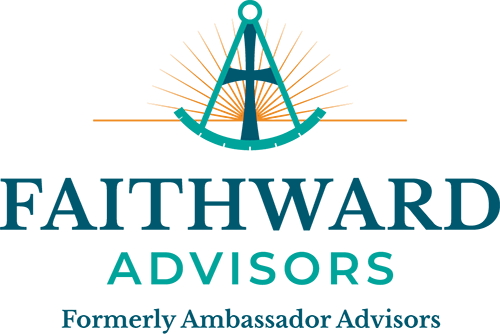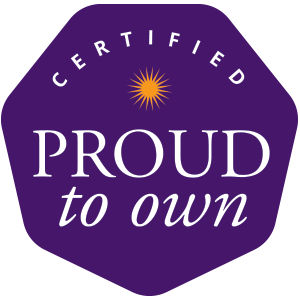-

-
275 Hess Boulevard
Directions
Lancaster, PA 17601 -
Call
717.560.8300 -
Fax
717.833.6303
- contact us
Financial Services


There have been many positive developments in the financial markets over the past month. The waves of positive COVID-19 vaccine announcements were followed by FDA approval for the emergency use of the vaccination. Now, we are in the stage where healthcare workers and high-risk individuals are able to get the vaccination. This major development started a big shift out of growth stocks into value stocks. Growth stocks are companies whose revenue and earnings are expected to grow faster than companies in the same industry. Value stocks are companies that are priced below peers based on an analysis of price to earnings ratios, dividend yield, and other factors.

As we mentioned previously, we expect this shift to be short-lived. Most of our “proud to own” growth stocks are already back on track, and many continue to be market leaders in sales and earnings growth. The markets should continue to plow higher through the end of the year, and then fourth-quarter earnings season kicks off in mid-January. As the market refocuses on sales and earnings, we should continue to see good results.
So, what trends do we see continuing into 2021? One of the biggest ones, due to COVID-19, was the “stay-at-home” trade. This involved investing in technology companies that benefited from more folks staying at home. With over 36 million Americans projected to work remotely by 2025, we expect this trend to be red hot for many years to come. On top of that, Americans working at home have been more productive! The Labor Department reported that second quarter productivity was up 10.6% and the third quarter came in up 4.6%. With productivity going up and the work-from-home trend still growing, we expect 2021 to continue boosting sales and earnings from the major players in this space.
Another important trend that developed in 2020 was the rise of foreign companies, as a lot of the international momentum came from a weaker U.S. dollar. As we mentioned last week, with the massive stimulus spending and gigantic federal budget deficits, we are not expecting the U.S. dollar to recover in 2021. The weak U.S. dollar benefits not only U.S. companies that do a lot of business overseas, but also foreign companies, as a whole. Technology companies should continue to see the biggest benefit from this trend.
One of our favorite areas has been Taiwanese semiconductor stocks, which have a very pro-business country. Another area that should continue to see momentum are Chinese stocks. China is one of the few countries that are expected to see growth this year, whereas Europe is expected to see a -7.2% 2020 GDP, and the U.S. is expected to have a 3.5% drop for full year 2020. Additionally, China’s economy is expected to grow by over 8% in 2021. We continue to like retail stocks that have exposure to the Chinese economy.
While 2020 saw significant investment trends develop, we expect 2021 to be a continuation of many of the same themes. Year-over-year sales and earnings comparisons should be more favorable in 2021, and this bodes well for more stock market gains next year. Above all else, as Romans 8:28 states, “And we know that for those who love God all things work together for good, for those who are called according to his purpose.” We seek to glorify Him in how and where we invest. This emphasis keeps our eyes open for trends that might not be on the “radar” of others. As we end 2020, we are optimistic about what is expected to be another prosperous year ahead.
Sources: Yahoo Finance, Reuters.com, and JP Morgan Market Insights
Any opinions expressed in this forum are not the opinion or view of American Portfolios Financial Services, Inc. (APFS) or American Portfolios Advisors, Inc.(APA) and have not been reviewed by the firm for completeness or accuracy. These opinions are subject to change at any time without notice. Any comments or postings are provided for informational purposes only and do not constitute an offer or a recommendation to buy or sell securities or other financial instruments. Readers should conduct their own review and exercise judgment prior to investing. Investments are not guaranteed, involve risk and may result in a loss of principal. Past performance does not guarantee future results. Investments are not suitable for all types of investors. To the extent that this material concerns tax matters, it is not intended or written to be used, and cannot be used, by a taxpayer for the purposes of avoiding penalties that may be imposed by law. Each tax payer should seek tax, legal or accounting advice from a tax professional based on his/her individual circumstances.